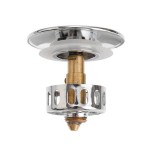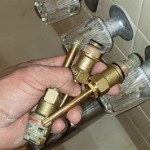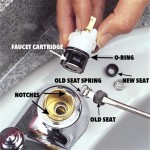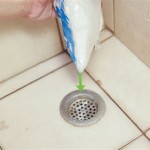Keep Bathtub Water Hot: Essential Aspects
Stepping into a warm, inviting bathtub is a blissful experience that can melt away stress and soothe tired muscles. However, nothing is more disappointing than when the water cools down too quickly, leaving you shivering. Fortunately, there are several practical methods to keep bathtub water hot for an extended period, ensuring a relaxing and enjoyable bathing experience.
1. Start with Hot Water: The foundation of keeping bathtub water hot lies in starting with the hottest water your tap can provide. This will give you a significant initial temperature to work with, reducing the need for continuous hot water replenishment.
2. Insulate the Bathtub: Insulating the bathtub is crucial for preventing heat loss. To achieve this, place a bath mat or towel over the tub's surface. This will create an insulating layer that traps the heat inside the water.
3. Run Hot Water Gradually: Instead of turning the hot water tap on full blast, gradually increase the temperature. This allows the pipes to heat up, ensuring a consistent flow of hot water without unnecessary energy consumption.
4. Close the Curtains or Blinds: Heat escapes through windows, so closing the curtains or blinds will help trap the warmth in the bathroom. This simple measure can significantly extend the longevity of your hot bath.
5. Use a Bath Bomb or Bubble Bath: Adding a bath bomb or bubble bath can not only enhance your bathing experience but also help keep the water warmer. The oils and ingredients in these products form a thin layer on the water's surface, reducing evaporation and heat loss.
6. Keep the Bathroom Door Closed: Leaving the bathroom door open allows cold air to enter, rapidly cooling down the water. Keep the door closed during your bath to maintain the warm, cozy atmosphere.
7. Consider a Bathtub Heater: For those who desire the ultimate in warmth, a bathtub heater can be a game-changer. These devices are designed to circulate and heat the water, ensuring a continuously hot bath.
8. Soak for Shorter Periods: While long, luxurious baths may be tempting, shorter soaks will help conserve heat. Plan your bath time wisely to maximize the hot water experience without wasting energy.
By implementing these practical techniques, you can enjoy a warm and inviting bathtub experience every time. Whether you're seeking relaxation, stress relief, or simply a moment of tranquility, keeping your bathtub water hot will enhance your bathing pleasure immensely.

How To Keep Your Baths Warm This Winter Badeloft

Turn Up The Heat How To Keep Tub Water Warm Qualitybath Com Discover

Heated Soaking Tub Bathtub With Heater

Warm On Pebbles Keep Your Tub Without Extra Water Consumption Design Swan

Perfectly Warmed Bath Yanko Design Greatful Gadgets Cool Inventions

Heated Soaking Tub Bathtub With Heater

How To Keep Bath Water Warm 6 Easy Tips

ᐅ Woodbridge 72 X 35 3 8 Whirlpool Water Jetted And Air Bubble Freestanding Heated Soaking Combination Bathtub With Led Control Panel Bj400

Portable Ice Bath Tub Inflatable Bathtub For Foldable Outdoor Cold Plunge Folding Freestanding Soaking Hot Spa Shower Stall Keep Temperature 29 5x29 5 In

8 Ingredients For The Best Bath Ever Women S Health








